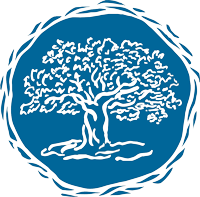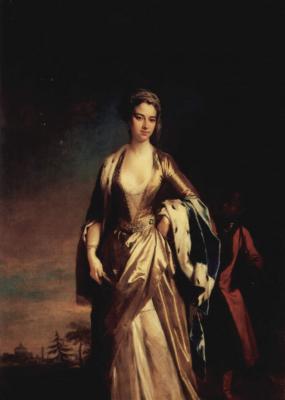UPDATE: The Women Writers Online database also has free access during the month of March – you can find it here: http://wwo.wwp.northeastern.edu/WWO
************

 Orlando, the subscription database from Cambridge University Press on “Women’s Writings in the British Isles from the Beginnings to the Present” – is available for free for Women’s History Month starting tomorrow and throughout March.
Orlando, the subscription database from Cambridge University Press on “Women’s Writings in the British Isles from the Beginnings to the Present” – is available for free for Women’s History Month starting tomorrow and throughout March.
The Orlando Project “provides entries on authors’ lives and writing careers, contextual material, timelines, sets of internal links, and bibliographies.”
http://orlando.cambridge.org/svHomePage
Here is the login information: (no caps, no spaces)
Id: womenshistory19
pw: orlando19
As always, much new material has been added this past year: just as an example, Professor Isobel Grundy has shared with me that these four near-contemporaries of Jane Austen are now part of the database (or will be added shortly):
Mary Harcourt (later Countess Harcourt) (1750-1833), who was embedded with her husband while he commanded troops in the Low Countries during the War of the First Coalition against revolutionary France, and wrote an account of her experience and her gradual development of strongly anti-war views; and
Eglantine, Lady Wallace (died 1803), a dramatist and conduct-writer, a Scots aristocrat of rather dubious respectability who got caught up in part of the same war and was very friendly with a revolutionary leader. [entry is under Eglinton Wallace].
Jane Loudon (1807-1858), who published a science fiction novel called The Mummy, unfortunately a few years too late for Austen to read it. [to be added soon]
Anna Gordon (Mrs. Brown) (1747-1810), a Scottish ballad-collector and singer. [to be added soon]
***********
If you are wondering about the symbol of the Oak Tree, here is the explanation from the website:
“. . . a little square book bound in red cloth fell from the breast of her leather jacket—her poem The Oak Tree.” —Virginia Woolf, Orlando
Virginia Woolf’s Orlando, a Biography, 1928, inspires this work in literary history. Woolf’s biographical and historical fantasy explores the changing conditions of possibility for women writing in England from the time of Elizabeth I to her own day, and gives us a poet protagonist who is at work throughout the whole of this history on the composition of her poem “The Oak Tree”. The Orlando Project team sees in the oak tree a suggestion of the history of women’s writing in the British Isles, the growth of history from biography, and (in a kind of visual pun) the tree-like structure of our text encoding.
Fabulous resource – spend the month indulging in this feast of information!
c2019 Jane Austen in Vermont




